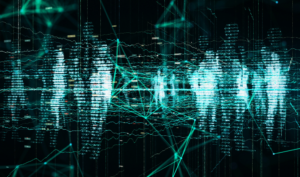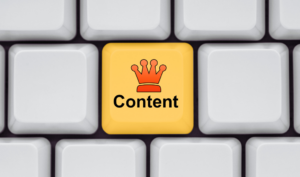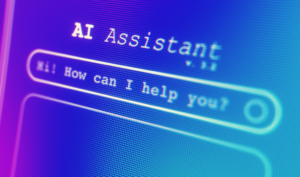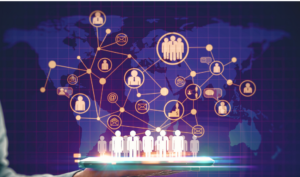
Employers: Want Teams to Adopt AI? Focus on Mindset
These days, artificial intelligence is everywhere we turn. But it’s no longer just a cool buzzword. It’s real. For proof, look at recent posts on

These days, artificial intelligence is everywhere we turn. But it’s no longer just a cool buzzword. It’s real. For proof, look at recent posts on

As artificial intelligence continues to spread across the business landscape, it is transforming work in countless ways. For example, thanks to AI, we’re entering a

We’ve all seen the headlines. Dystopian predictions about the long-term economic impact of artificial intelligence (AI) continue to dominate the news. But what do people

Artificial intelligence (AI) is transforming organizations at a breathtaking pace. But even positive change can trigger push-back from detractors. When left unchecked, AI resistance can

Among the many trends that are rapidly redefining work, perhaps the most consequential for HR is the arrival of artificial intelligence (AI). But this points

The days of HR focusing solely on personnel management and administrative duties are long gone. Now, as organizations step fully into the digital era, the

In an era defined by rapidly evolving technologies and industries, young people face a daunting task. How can they find the best job opportunities in

These are exciting times for anyone involved in employee learning. As generative AI becomes mainstream, the learning content authoring possibilities seem endless. However, cool content

The push/pull challenge of change management is never easy to embrace. After all, resisting disruption is human nature. But the process of unlearning and relearning

As artificial intelligence becomes more deeply embedded in everyday workflows, it is rapidly transforming the way businesses operate. For example, the recent rise of generative

In recent years, we’ve seen an explosion in new and improved digital tools for HR and work activities. But with the landscape changing so rapidly,

After years of upheaval that have redefined society, business and work, we’ve entered a period some call the “Great Reflection.” During this era of mindfulness,

Predicting the unexpected is a tricky process — especially in the world of digital innovation, where change and disruption are a way of life. But

For all the attention large enterprise organizations get, small businesses have a tremendous impact. According to U.S. census data, companies with fewer than 500 employees

What is talent intelligence? And how can it help drive the right candidates into your company’s talent funnel? An applicant tracking system provides the foundation

Artificial intelligence has been infiltrating the business world for the past several years and has also played a major role in HR automation. Today, companies

Now more than ever, employers feel a mandate to take good care of their people. And that responsibility is bigger than how best to empower

As artificial intelligence evolves, we’re going to increasingly rely on it for boosting the hiring process. In Life 3.0: Being Human in the Age of

AI is here to stay. You are going to need to hire AI talent no matter what your industry is — and now is the

Are we ready for AI and robotics in the workplace? First, we need to be more aware of its presence and power in general, and

Are you panicked yet that artificial intelligence (AI) will soon put you out of work? Could a robot take your marketing job? Some of the
What do you do when you’re not ready? Either get ready or wing it. So, imagine that waiting outside that door is your brand new

The growing need for recruitment automation tools has fueled the recent popularity in AI for recruiting. With hiring volume predicted to increase next year but recruiting teams

Futurist and tech billionaire, Elon Musk, believes we may not be far from a time where robots and various forms of artificial intelligence (AI) will

What if you could hire Google as an employee—or even your Chief Marketing Officer (CMO)? Though artificial intelligence (AI) is in its early phases, the